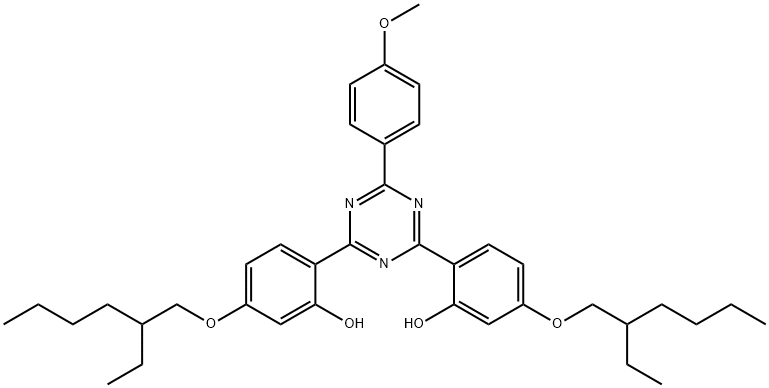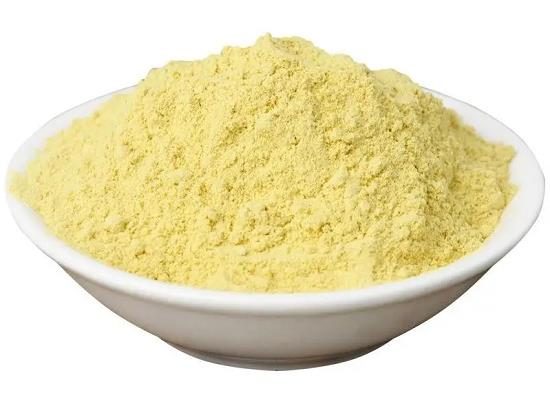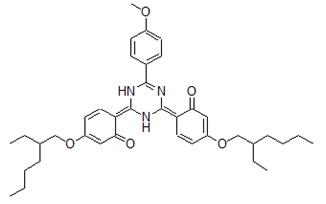Bemotrizinol: mechanism of action, pharmacokinetics and application
General Description
Bemotrizinol, also known as Tinosorb S, is a powerful organic UV filter used in sunscreens and personal care products. It provides broad-spectrum protection against UVA and UVB radiation by absorbing and converting UV energy into less harmful forms. It has excellent photostability, remaining effective even with prolonged sun exposure. Bemotrizinol forms a physical barrier on the skin's surface, reflecting and scattering UV rays. It has low skin penetration and is considered safe for use. Bemotrizinol is widely incorporated into various formulations, offering long-lasting sun protection and reducing the risk of sunburn, premature aging, and skin cancer.
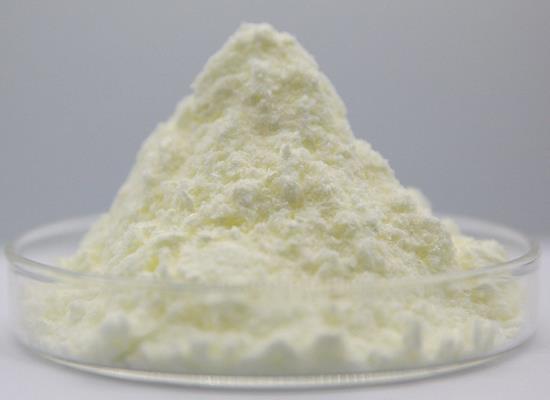
Figure 1. Bemotrizinol
Mechanism of action
Bemotrizinol is a powerful sunscreen ingredient that provides protection against harmful UV radiation. Its mechanism of action involves both chemical and physical properties. It is a broad-spectrum UV filter, which means it can absorb both UVA and UVB rays. Once absorbed, it converts UV energy into less harmful forms, preventing it from penetrating the skin and reducing the risk of sunburn, premature aging, and skin cancer caused by UV radiation. Furthermore, Bemotrizinol has excellent photostability, which allows it to remain effective even after prolonged exposure to sunlight. This ensures continuous protection over time without losing its potency. Bemotrizinol has low skin penetration, forming a thin, invisible film on the skin's surface that reflects and scatters UV rays. This physical barrier helps to further block UV radiation from reaching the deeper layers of the skin, reducing the risk of adverse effects and making Bemotrizinol an effective and safe sunscreen ingredient for protecting the skin from harmful UV radiation. 1
Pharmacokinetics
Bemotrizinol was evaluated in a clinical trial to understand its pharmacokinetic (PK) characteristics. The study included 14 participants, with 13 completing the PK sample collection schedule. Out of the 299 plasma samples analyzed, only 13 (4.3%) had detectable BEMT levels. The majority of samples (92.6%) were below the quantification limit (BLQ), indicating low BEMT concentrations. The limited number of quantifiable samples hindered the calculation of meaningful PK parameters. However, based on the available data, there was no evidence of BEMT accumulation or steady-state concentrations above the FDA threshold of 0.5 ng/mL. The AUC0-24, based on 1 or 2 quantifiable concentration results, was deemed unreliable for systemic exposure assessment. It was observed that whenever plasma concentrations above 0.5 ng/mL were present, they became BLQ at the next measurement time point. Only two participants showed quantifiable but decreasing BEMT concentrations over time. The quantifiable BEMT values ranged from 0.56 ng/mL to 2.29 ng/mL, with a mean Cmax of 0.55 ng/mL. Overall, the study indicated the safety of BEMT 6% for human use, with few and non-severe treatment-emergent adverse events associated with the sunscreen formulation. These findings support the safety of BEMT 6% as observed in this pilot MUsT study. 2
Application
Bemotrizinol is a widely used organic UV filter in sunscreens and personal care products. It offers effective broad-spectrum protection against UVA and UVB radiation. One of its key advantages is its high photostability, ensuring long-lasting effectiveness even under prolonged exposure to sunlight. Bemotrizinol excels in absorbing UVA rays, which penetrate deeply into the skin and contribute to premature aging and skin cancer. By blocking UVA radiation, it helps keep the skin healthy and youthful. Additionally, it provides significant UVB protection, preventing sunburn and reducing the risk of skin cancer. Bemotrizinol's high solubility enables its incorporation into various formulations, making it versatile for use in sunscreens, moisturizers, lip balms, and makeup products. Extensive safety testing has approved Bemotrizinol for use in many countries. When using products containing Bemotrizinol, it is essential to follow instructions and employ responsible usage. Overall, Bemotrizinol is a versatile and effective organic UV filter, ideal for long-lasting sun protection. 3
Reference
1. Hüglin D. Advanced UV Absorbers for the Protection of Human Skin. Chimia (Aarau), 2016, 70(7-8):496-501.
2. D'Ruiz CD, Plautz JR, Schuetz R, et al. Preliminary clinical pharmacokinetic evaluation of bemotrizinol - A new sunscreen active ingredient being considered for inclusion under FDA's over-the-counter (OTC) sunscreen monograph. Regul Toxicol Pharmacol, 2023, 139:105344.
3. Herzog B , Giesinger J , Settels V . Insights into the stabilization of photolabile UV-absorbers in sunscreens. Photochem Photobiol Sci, 2020, 19(12):1636-1649.
);You may like
Related articles And Qustion
See also
Lastest Price from Bemotrizinol manufacturers

US $0.00-0.00/KG2024-05-24
- CAS:
- 187393-00-6
- Min. Order:
- 100KG
- Purity:
- 99.8%
- Supply Ability:
- 30Ton
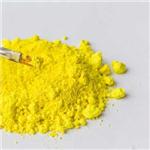
US $30.00/kg2024-05-24
- CAS:
- 187393-00-6
- Min. Order:
- 1kg
- Purity:
- 99%
- Supply Ability:
- 3000kg
